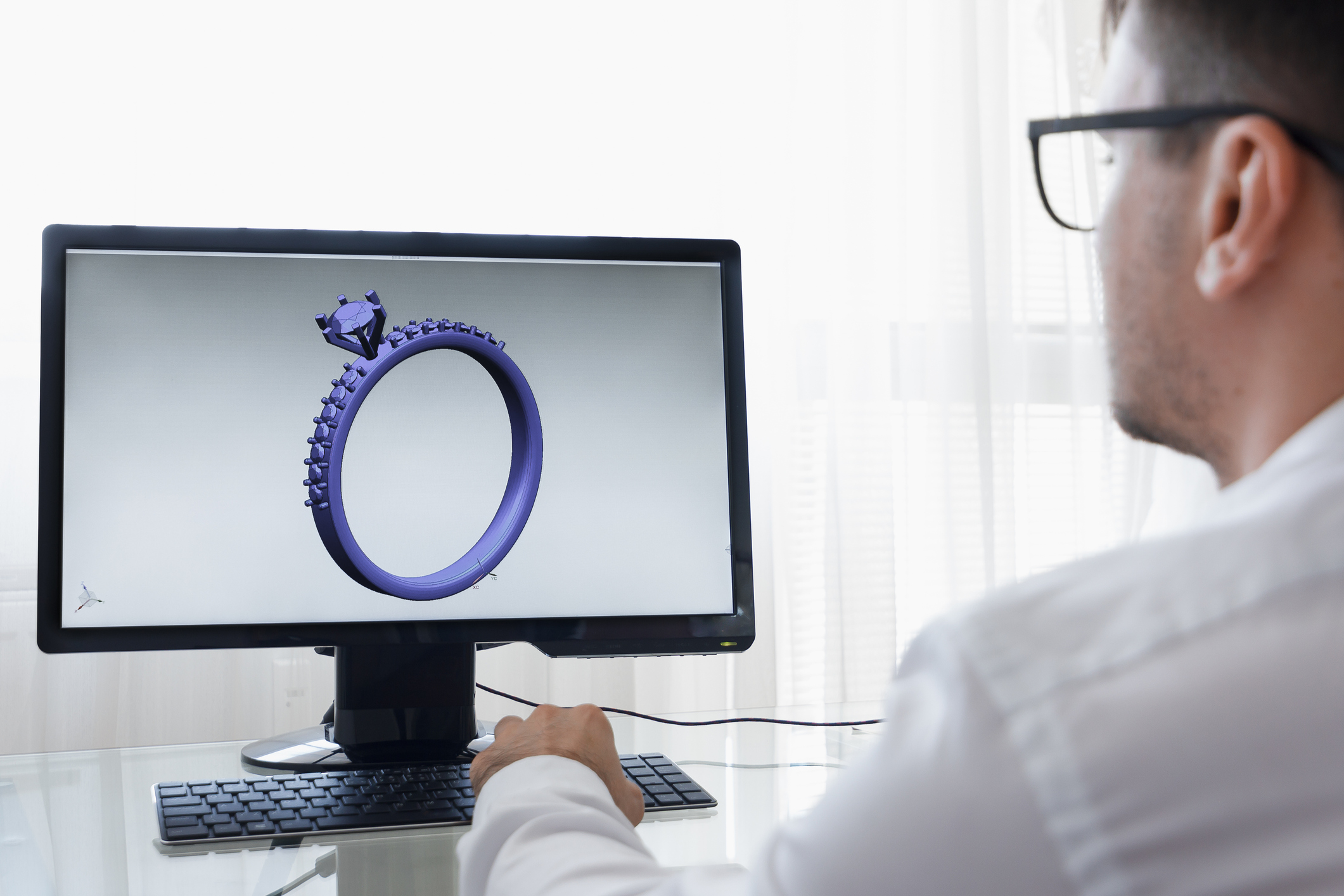For most brands, the primary messaging platform used for reaching out to customers—whether it's with appointment reminders, delivery notifications, or promotions—is email.
While sending a message directly to customers' email inboxes may seem like a smart strategy, there's actually a better way to reach your customers more instantly than email campaigns, and that's through mobile text messages.
According to an SMS survey conducted by SimpleTexting, a third of respondents check their text notifications within one minute of receiving a text, and over half respond within one to two minutes.
On the other hand, you're lucky if those on your email contact lists will even see your message, let alone give you a response. The average open rate for emails in the retail industry is roughly 33%, with a click-through-rate just under 1%. By comparison, using text messaging solutions, most businesses report SMS click-through rates between 20% and 35%.
While email has the potential to send mass marketing messages to customers with the click of a button, every other brand uses email as well—which means people know how to ignore them. We all know the tricks: giving a fake email address, junking the email as soon as we receive it, or just never opening it at all.
Texting is the latest and greatest way for businesses to communicate with potential customers. In this article, we'll explain why texting is a great way to reach your customer base and improve customer retention, how to start a text message marketing strategy, and how Clientbook can help automate the process.
Why you should be texting your customers
Texting customers rather than sending emails or making phone calls has a lot of advantages that can enhance the customer experience and formalize the process you have for your outgoing messages.
Let's go over a few of the advantages of texting as a way to send mass marketing messages and have more customer interactions.
It's effective
Perhaps the most clear advantage of SMS messages is that they work, especially if you have a younger customer base.
The average open rate for an outgoing text message is between 94% and 98%. That's far higher than any other communication channel.
This is largely because many people, especially the younger generations, prefer text. In an OpenMarket study of 500 people aged between 18 to 34, three-quarters of respondents said that if given the choice, they'd choose a text-only phone over one that only offers voice services.
What's more, 62% said that text is a helpful way to receive product offers or discount codes from retailers. These survey results show that a business texting its customers has a far higher chance of getting read and engaged with than a phone call or email.
It's conversational
Next, texting facilitates two-way conversations between you and your buyers.
Do you have an automatic email marketing platform that automatically messages your customers after an order? Maybe the sender address is something like, noreply@xyz.com. That's the worst way to build a relationship. That's telling the customer, “Let me talk to you, but I don't want you to talk back.”
Email is one-sided. Most of the time it's an impersonal mass message sent to hundreds or thousands of customers from a marketing list rather than an individual customer. People expect to get emails like these, and they know there's no point in replying because they probably won't get an answer.
Two-way texting, on the other hand, is a communication tool where users expect to have a conversation. It's the perfect way to build rapport with your clientele. With the key features of texting tools, it's still possible to send mass text messages to a marketing list, but customers are far more likely to give a response when prompted. And it's that kind of engagement that keeps customers interested in your brand.
It's instant
Another advantage of mobile messaging is that it's instant, and can keep you in constant contact with your clients.
Think of your behavior with your phone. Do you turn off notifications on some of your apps? Maybe you do, and maybe you don't, but you definitely keep your text message notifications on. It even pops up on the front of your screen and you can read the message without even pushing a button.
Not only is that instant communication, but there are very few roadblocks preventing you from getting the message. There's no junk folder for the message to get dumped into or a voicemail inbox that gets too full to hold new messages.
As a store owner, it's so important to get foot traffic in your store. With mass text messages, you have the ability to quickly send a message to all of your customers on your audience list to alert them about a flash sale that's happening in an hour. And unlike email, they'll get it instantly to their phone's screen in seconds.
It's personal
Finally, text messages are personal. When you're trying to build personal relationships with your shoppers, mass texting may not be the first thing to come to your mind, but it's more effective than you think.
Unlike an unexpected phone call, texting someone's personal phone is far less intrusive. Survey data from the Pew Research Center found that 80% of Americans don't answer a phone call from an unexpected number. Buyers don't usually expect businesses to text them, so it has a different feeling than getting a call from a number you don't recognize or an email you assume is junk.
It boils down to the fact that businesses usually call customers, and regular people text. Do you want your customers to think of you as a generic business, or do you want them to feel like they're talking to a trusted friend or family member?
If you want that friend status, you need to build a relationship. People text, so you should too.
So how do you text customers?
If you're new to mass texting, getting started is easier than you'd think, especially with the help of business texting software and other message marketing services.
Some brands will choose a business text messaging service that allows them to send a certain number of texts per month. Other options include SMS marketing tools that allow for drip campaigns where SMS text messages are automatically sent over a period of time.
However, if you're looking for a software that has business texting services, automation features to remind you when to reach out, and even integration features with your point of sale, Clientbook is your answer.
How Clientbook can help
Clientbook is more than just a business text messaging platform. It's a mobile clienteling software and customer relationship management platform (CRM) that includes SMS services, allowing you and your sales associates to easily send texts to either individual customers or mass texts to a whole group. Better yet, it automates a number of tedious tasks so you don't have to worry about them.
Other notable features of Clientbook's mobile app include:
- Client management: Create client profiles so you can easily build audience lists for group SMS messaging and bulk text messages
- Automation: Sales triggers allow you to automatically message a customer after they visit your website, make a purchase, or leave a review. Advanced automation tools with reminders to collect customer feedback so you can get more five-star reviews
- Messaging: We've created templates to help you decide what to say when texting a client—you can send up to 5,000 mass messages a month
- Analytics: Integration features with a variety of point of sale systems. In-app transactions allowing you to collect credit card information from a customer and close a sale via text
Conclusion
As a retailer, using an email marketing software is a nice place to start, but SMS marketing platforms are how you reach the next level of your business and upgrade your customer service.
Using a messaging app like Clientbook makes the process even easier, allowing you to connect with clients right from their mobile phones, build effective SMS marketing campaigns, and increase customer satisfaction at your business.
If you're ready to start sending mobile text messages to your clients, schedule a demo with Clientbook today to see how we can help you get started.





